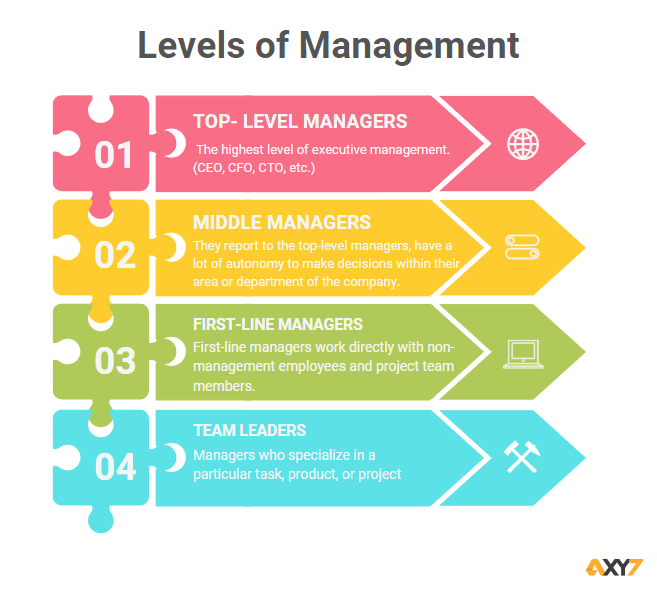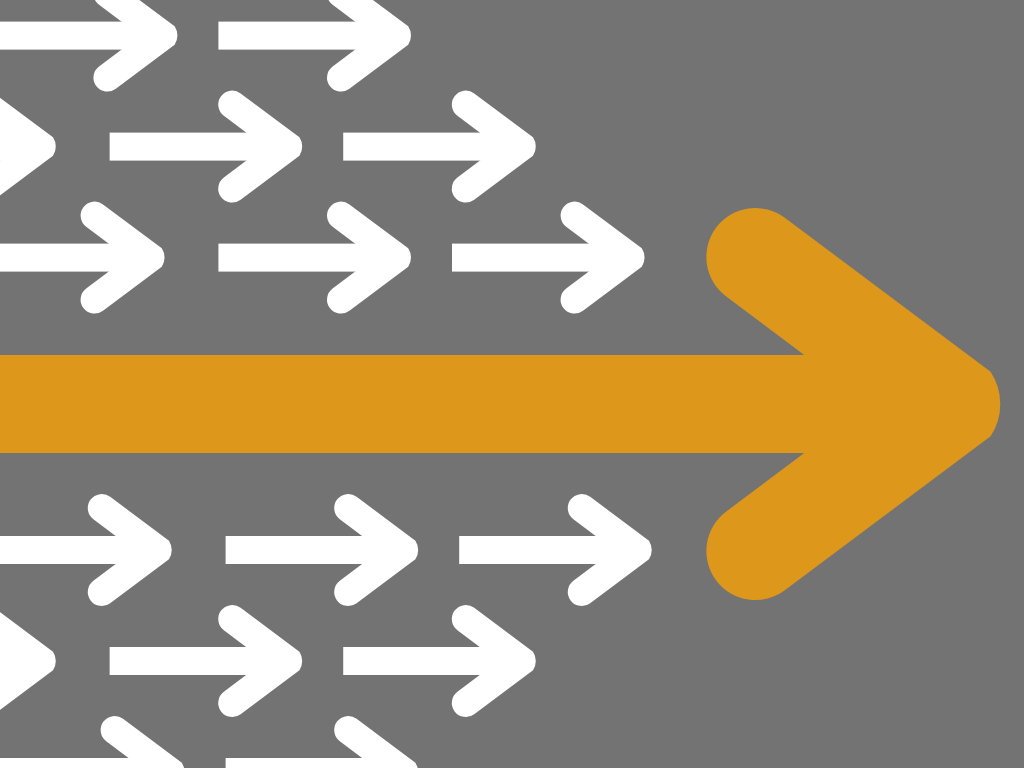Salesforce & OKRs: Timeframe by levels
In millions of years of evolution, our primate ancestors and social animals became more organized establishing hierarchies. The alpha ones dominate the rest of the subordinates falling in line, pecking orders with rankings and tasks to do. It is clear that authority ensures that everyone under a manager’s command will work towards the organization’s goals — or face discipline. History has shown that without hierarchical authority, teams are much less likely to unite to achieve a common goal.
A clear example of the importance of hierarchies is the organization of the roman military. From the top to the lower levels there were goals, tasks and periods to complete the objectives. The senior officers (senators, consuls, governors) discuss an Imperial Goal. Then the rest of the legions from the legatus to the centurions and lower ranks had different tasks to do.
This clear organization create the most successful war machinery that expanded the Roman Empire to vast parts of the civilized world.
Inside companies, the idea is the same: with a team of more than 100 employees, it’s important to establish levels of management, and define goals and responsibilities.
There are levels of Management: The four most common types of managers are top-level managers, middle managers, first-line managers, and team leaders. These roles vary not only in their day-to-day responsibilities but also in their broader function in the organization and the types of employees they manage.

Top-Level Managers
Top-level managers are those who represent the highest level of executive management. They often have the word “chief” in their job titles, such as chief executive officer, chief financial officer, etc.
These managers help sustain the company’s growth and execute plans over the long term. They make major business decisions — such as launching a new product or restructuring departments — with the goal of seeing the company thrive, not just in the moment but into the future. Additional duties of top-level managers might include facilitating strategic partnerships with other companies or deciding to take a company public.
Middle Managers
Middle managers usually report to the top-level managers, yet they still have a lot of autonomy to make decisions within their area or department. These managers often have job titles that include the word “director.” They may also be department heads.
They tend to function as points of contact between first-line managers and top-level management, ensuring that the two groups maintain productive two-way communication. Managers may help develop or implement plans to help top-level managers address obstacles or achieve certain business goals. Additional core duties can include mentoring lower-level managers and helping them prepare for career advancement.
First-Line Managers
This role represents an entry-level position for management professionals. First-line managers work directly with non-management employees and project team members. Their overarching role is to supervise employee productivity and hold employees accountable for achieving company goals.
Generally, first-line managers handle internal work only. In other words, they are not responsible for larger-scale business decisions, like whether to take the company public, rebrand, or partner with another business. However, the first-line manager’s core responsibilities can include communicating concerns to middle managers and acting as liaisons for addressing employee needs.
Team Leaders
They are managers who specialize in a particular task, product, or project. Their role is to oversee all the logistics of their assignment, which may include completing a project on time, onboarding new employees, and assigning specific tasks to various team members.
Also, contributors are all the people from within or outside of your Group who will support you to achieve your goals (OKRs). By adding Contributors to your Objective, you show the people who are involved in working on the goal.
Source: https://online.maryville.edu/
Important:
The most critical stages in establishing OKRs are planning and alignment. The initial creation of the company goals from the c-levels and later cascading them top-down and bottom-up, and the team discussion on how to complete them, will create the parameters for success. This is a task that does not require more than one or two days at each level, but with many implications for the achievement of the objectives.

Planning OKRs
With Salesforce you can help your teams to be more productive using best practices and tools available for everyone.
OKRs are a powerful methodology that will help you to maximize your results and achieve your objectives, working individually or in teams, but searching for a single and ambitious company goal.
The first step is to set up the OKRs for the company for the year: the Company Goal and the Main Objectives. This is the first planning phase.
To give an example, at the C-Level you will:
- Define the Company’s Goal
- Set the Top-Down objectives: several or all Main Company Objectives for the C-level.
- Have the C-level team define Key Results for those Main Objectives
- Ask them for Bottom-Up objectives. The C-Level will discuss and set them.
Then Planning should continue down through the organization: - C-Level should set Top-Down and request Bottom-Up objectives.
- Managers with their teams should follow the same process
- Every individual should have Top-Down objectives and be expected to set Bottom-Up ones.
Period planning cycles
Throughout the year you will have other planning cycles, one for each of the periods you have defined. Typically per quarter, you have to:
- Define the quarterly Objectives for the company
- Cascade Top-Down OKRs into the organization
- Request Bottom-Up OKRs
- Have team objective discussions
- Approve objectives if needed by managers
To help manage the progress of the Planning cycle, Axy OKR provides the Planning Dashboard.
Execution
The execution cycle automatically starts on the Period starting date.
The most important part of the execution phase is the Check-In. Axy OKR can help encourage your users to review their OKR progress every week (See Check In & Pulse setup in the Axy OKR setup section):
- Update manual type KRs
- Update Tasks in TODO type KRs
- Review KR progress that is automated by bound reports (see Tracking key results to learn about tracking Automation)
- Review and assess the Objective Achievement
- Ask questions about any topic to get fast feedback from users.
Checking In every week helps users commit to and establish a routine for tracking their Objectives and KRs in order to take action and be on top of their planned OKRs.
And, of course, Execute, Execute, Execute!!
To help manage the progress of the Execution cycle, Axy OKR provides the Execution Dashboard.
Axy OKR will provide you with the right tools to keep track of your OKRs and be ready to prevent, change or create new ones in order to adapt and be on the right path to success. Some features for that are:
- Tree view
- Planning and wrap-up
- My Focus
- One on ones
- Review management
Try now Axy OKR FREE for 30 days or take it for a spin on the Test Drive.
Need more information? Get in touch with our team for a custom demo!



